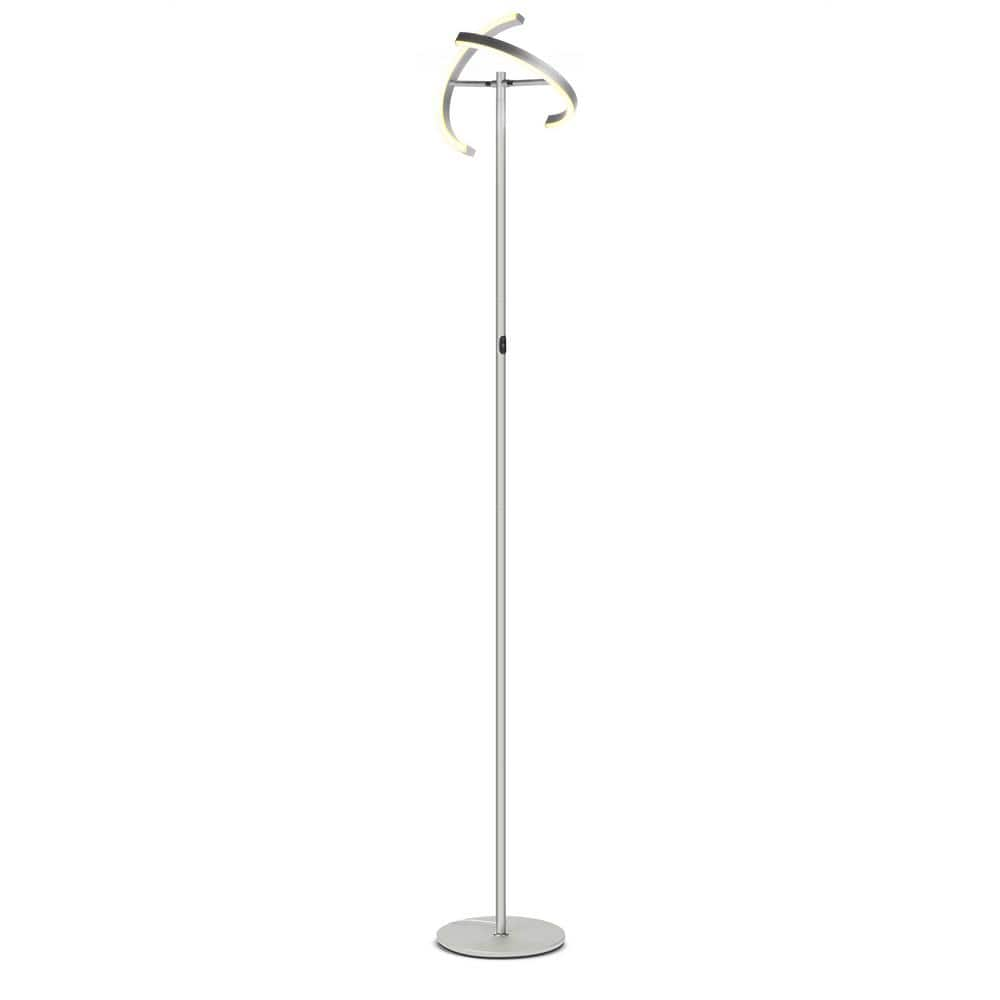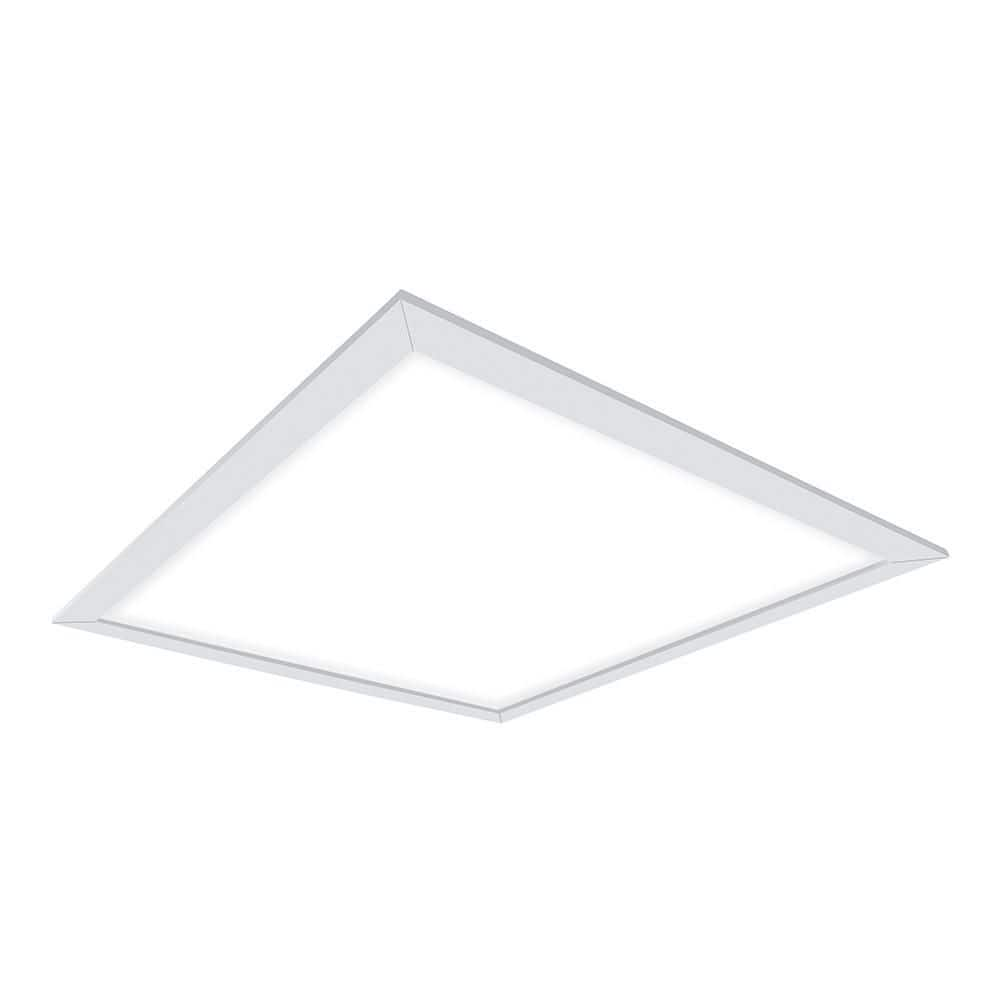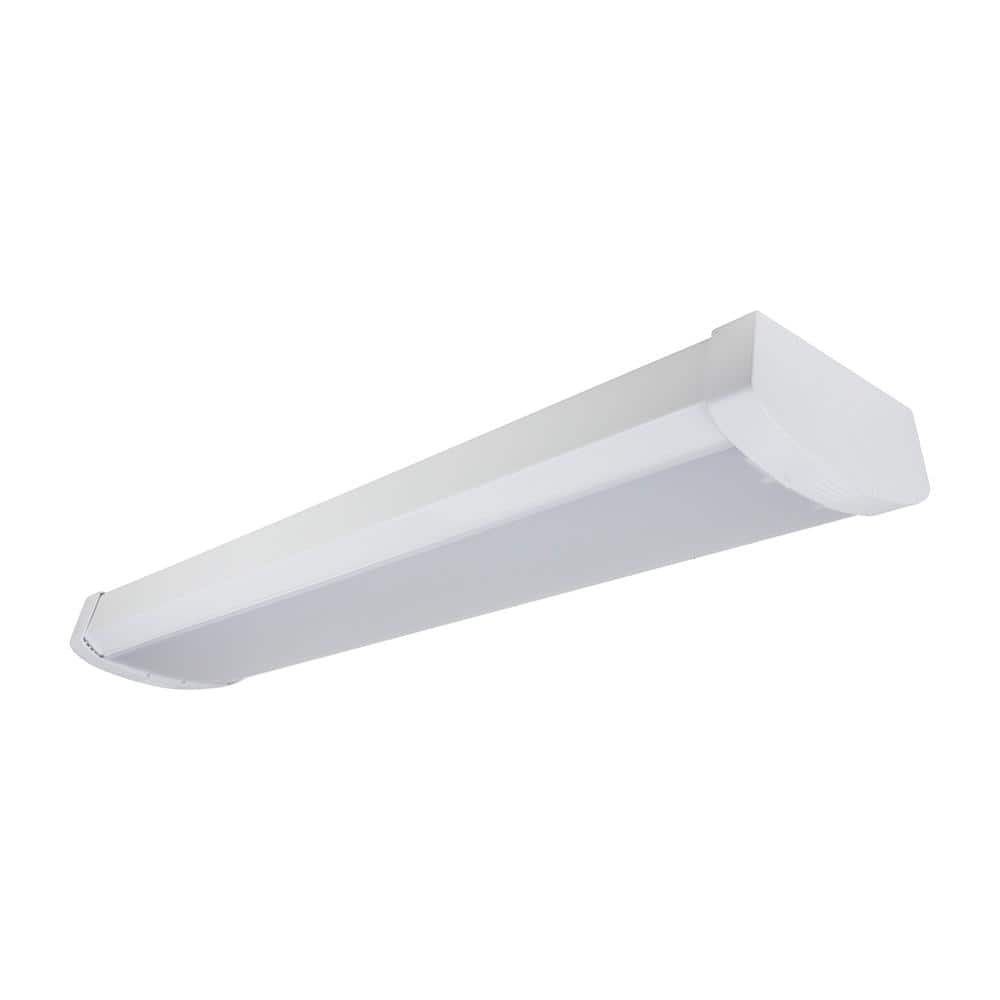ULTRA PROGRADE ProLink Hardwired 24 in. LED White Under Cabinet Light, Linkable, 3 Color Temperature Options
Select your white – choose from warm light, cool light, daylight. Easy to install – everything included in box. Compatible with all Direct Wire ProLink lights and add-ons.
Create your own professional lighting setup with the Ultra ProGrade ProLink Direct Wire 24 in. LED Under Cabinet Light. Gone are the days of inconvenient cord management and the hassle of bulky fixtures becoming an eyesore. ProLink combines the best features you could want into a sleek, durable and high-powered light fixture. Providing 1327 Lumens of fully diffused, premium-grade illumination, you will be amazed at how much better your space looks under this light. This fixture also lets you change the color temperature from cool white light to warm light or even daylight, all with the flip of a switch. Direct-wire installation has been streamlined – everything you need comes included and ready to go in the box. You can customize your space even further by linking additional ProLink fixtures, whether they be other light bars or pucks. Conveniently connect them with their included 18 in. linking cords for extra reach or the compact linking plugs for end-to-end installation. Improve upon your setup by pairing your fixtures with awesome ProLink add-on modules, such as dimming, motion-sensing, remote control and USB power (sold separately). The perfect fit for kitchens, office spaces, workbenches and more, your Ultra ProGrade ProLink Direct Wire 24 in. LED Under Cabinet Light provides you with lighting for life.
- Premium illumination – Easily change the color temperature from warm white (3000K), cool white (4000K) and daylight (5000K) to fit your preference – scores an impressive 97 on the color-rendering index (CRI) that showcases the room’s true, natural colors
- Streamlined install – all the direct-wire hardware you need is conveniently included inside of the box -simply mount the fixture and turn it on with the flip of a switch
- Endless customization – link multiple fixtures together using the included linking cord for extended reach or the linking plug for end-to-end installation – use with innovative ProLink add-on modules such as dimming, motion-sensing, USB power and remote control
- Lifetime LED – this ProLink product is created to last and UL-listed for peace of mind
- Give your way – ProLink uses the power of every purchase to change lives and help those in need by donating 50% of net profits to causes that matter
- Critical: once converted to direct-wired, the fixture will only provide power out of the female connector; the male connector will not be powered to prevent the risk of electric shock; take this into consideration when planning your lighting system
Additional information
| Dimensions | H 1.15 in, W 24 in, L 24 in |
|---|---|
| Certifications and Listings | Energy Star, UL Listed |
| Manufacturer Warranty | Limited Lifetime Warranty |






by Doug
Good product but the product design for mounting is poor. Under cabinet you are working upside-down and the long holes through the product are poorly designed for working in poor lighting.
by Sam
Easy to install. Emits high luminous than many of the under the cabinets lights out there. I bought the hardwired version.